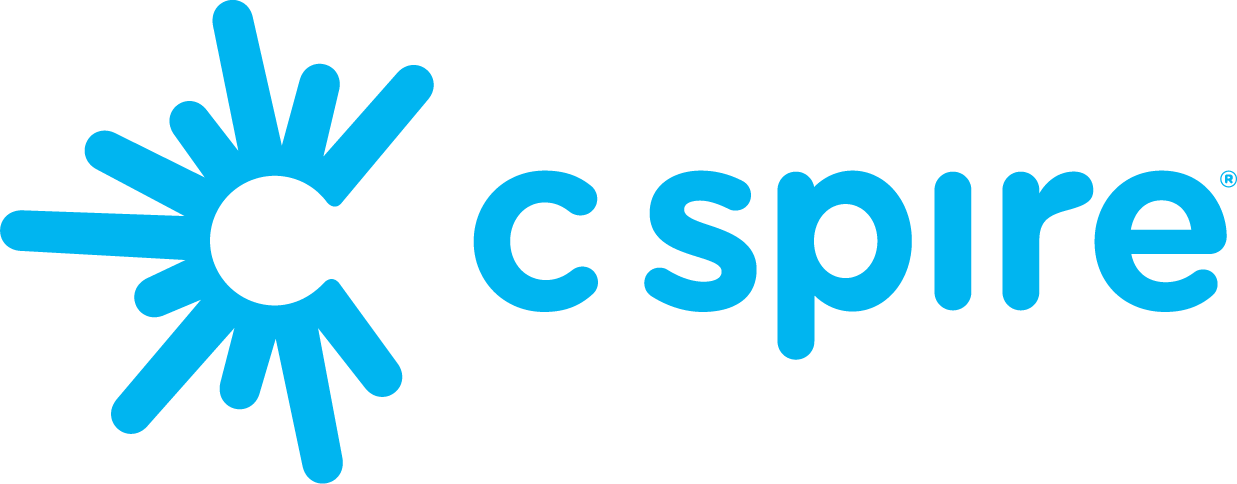
Bandwidth is one of the most misunderstood aspects of home internet. So, we’re going to step through what it really means and how it affects your internet experience.
It’s easy to confuse bandwidth with speed, and while they are certainly related, they are not the same thing. Internet bandwidth refers to the amount of data you can download or upload from a connected device. Internet speed refers to how fast the data moves. And both are often to blame for slow or lagging internet.
Here’s another way to think about it.
Imagine yourself driving. You’re in a rusty pickup truck with a manual transmission. The radio crackles in and out; no Bluetooth in this beater. The column shifter is stuck in second gear, but that doesn’t matter because the winding, single-lane country road is full of potholes, anyway. Driving any faster would blow those old whitewall tires and leave you stranded on two bare axles.
Meanwhile, your next-door neighbor just got her new ride detailed, and she’s ready to cruise. She easily accelerates to highway speed (love that V8 engine) and merges smoothly onto the wide-open interstate. There’s a lot of room to move around. Even at rush hour, she glides from lane to lane effortlessly. It’s a straight shot from here to Memphis, and she’s set to get there in record time.
Fiber vs. cable internet: What’s the difference?
That, friends, is the difference between low-speed, low-bandwidth internet and high-speed, high-bandwidth internet. That narrow country road is the slow, unreliable internet connection of the past, while the multi-lane highway is a broadband connection powered by fiber.
What are internet bandwidth and speed?
Internet bandwidth refers to the amount of data you can download or upload from a connected device. Internet speed refers to how fast the data moves.
Having a symmetrical internet connection is also key to maximizing your internet experience. A symmetrical connection means you can download and upload data at the same speeds, and it’s important even if you’re not uploading large files like photos often. Online gaming and video conferencing are just two common internet use cases where your device needs to send and receive data quickly. (Psst: See what Ookla Speedtest says about our speeds.)
With cable, DSL and most fiber providers, your home shares internet capacity (bandwidth) with your neighbors who use the same provider. So, even with a Gigabit internet connection, you could be seeing slow internet depending on how your neighbor uses their internet. Having a direct line to your home is the best way to get consistently high speeds and bandwidth to power your household’s internet needs.
(And yes, you guessed it … with C Spire Fiber internet, we deliver a direct line to each home.)
Learn more about C Spire Fiber internet and check your address for availability here.


















